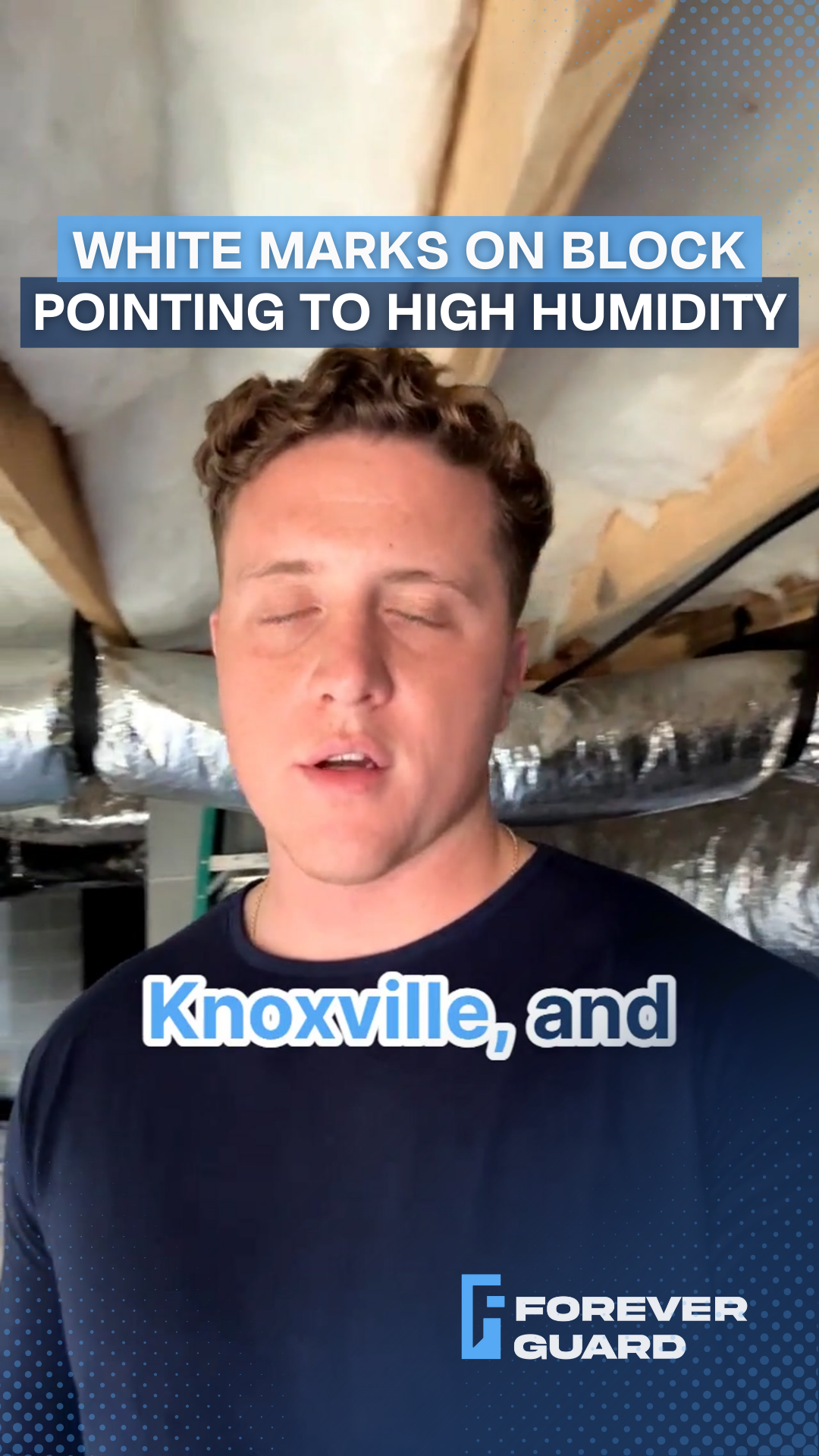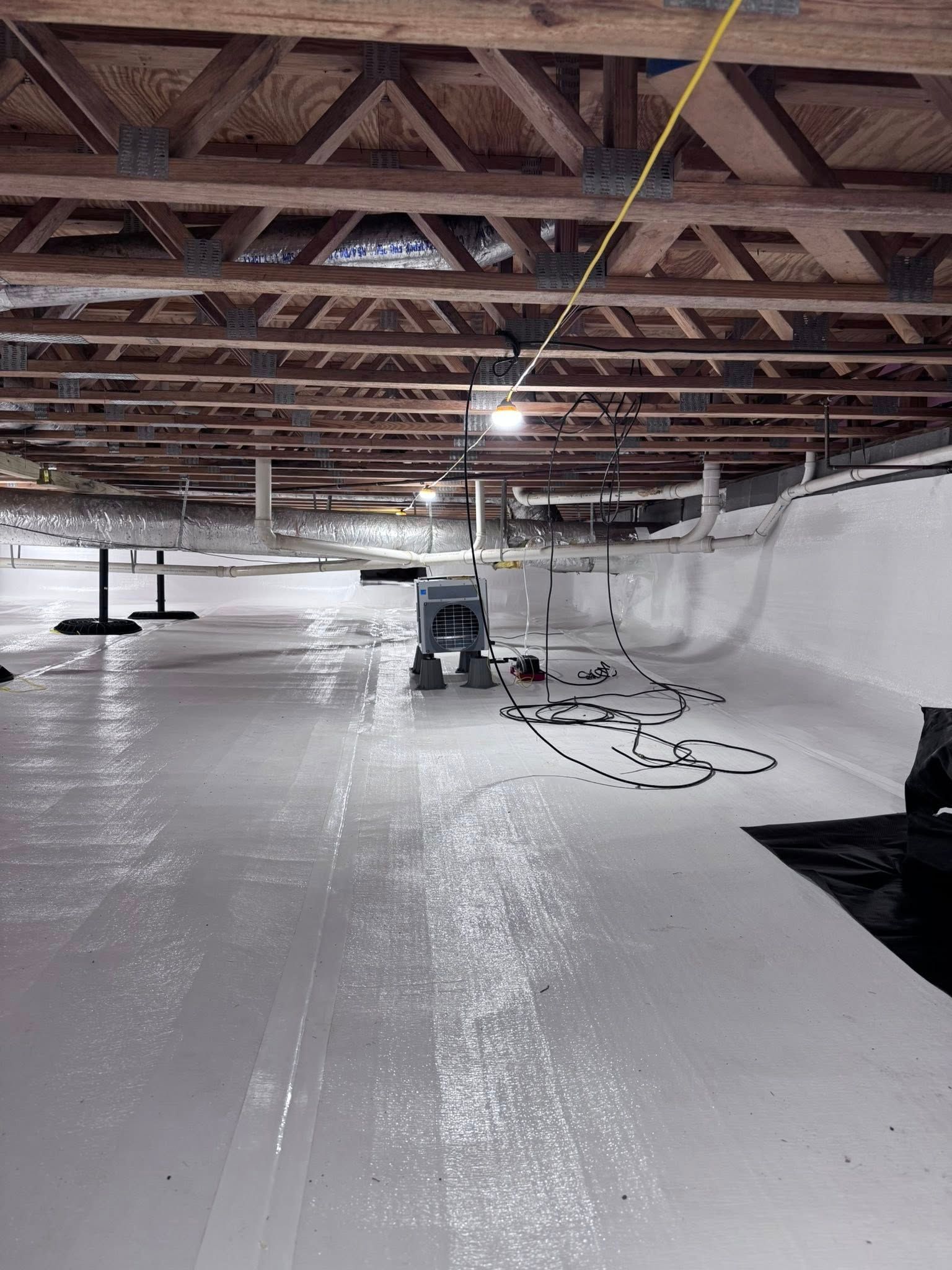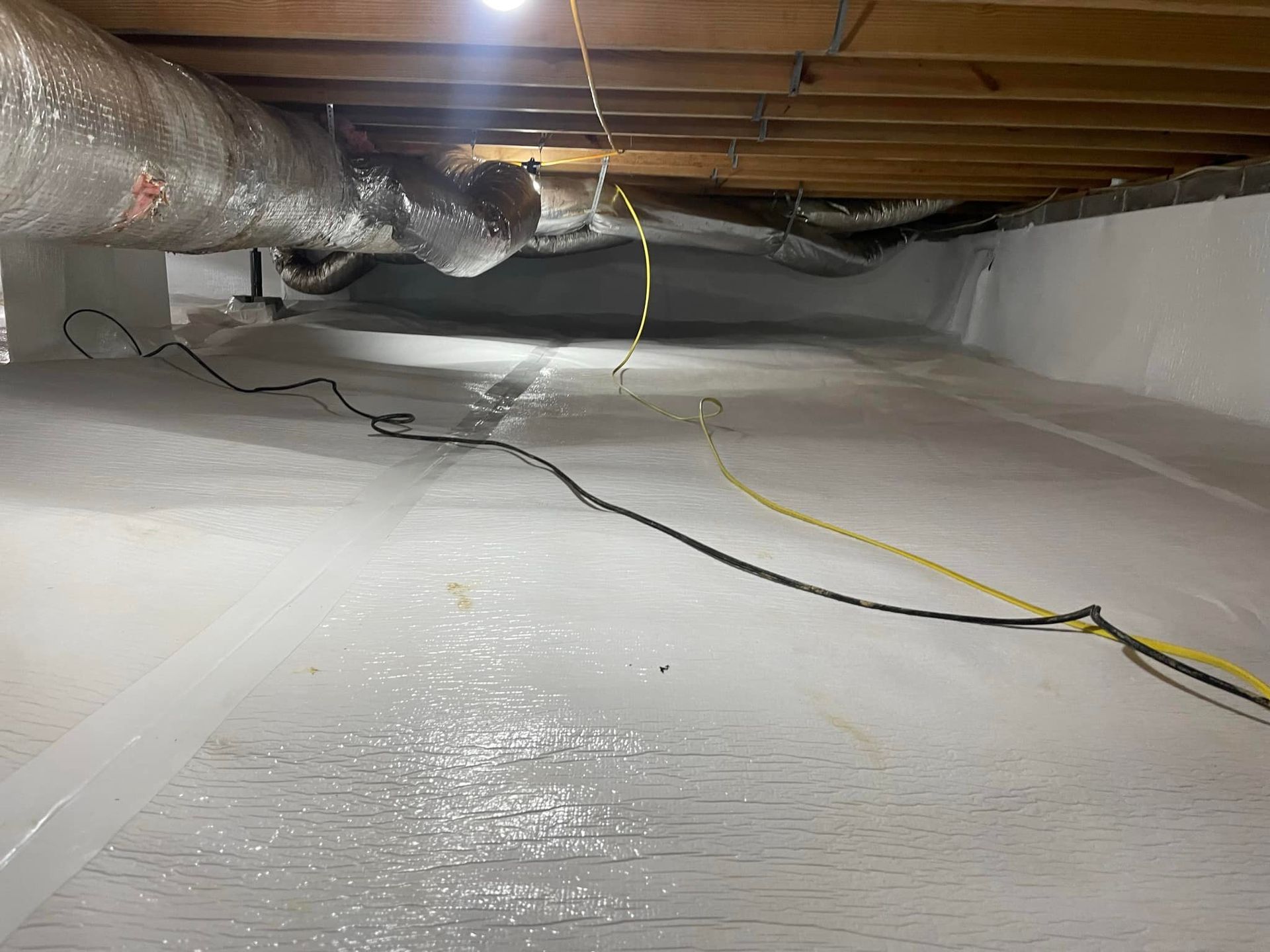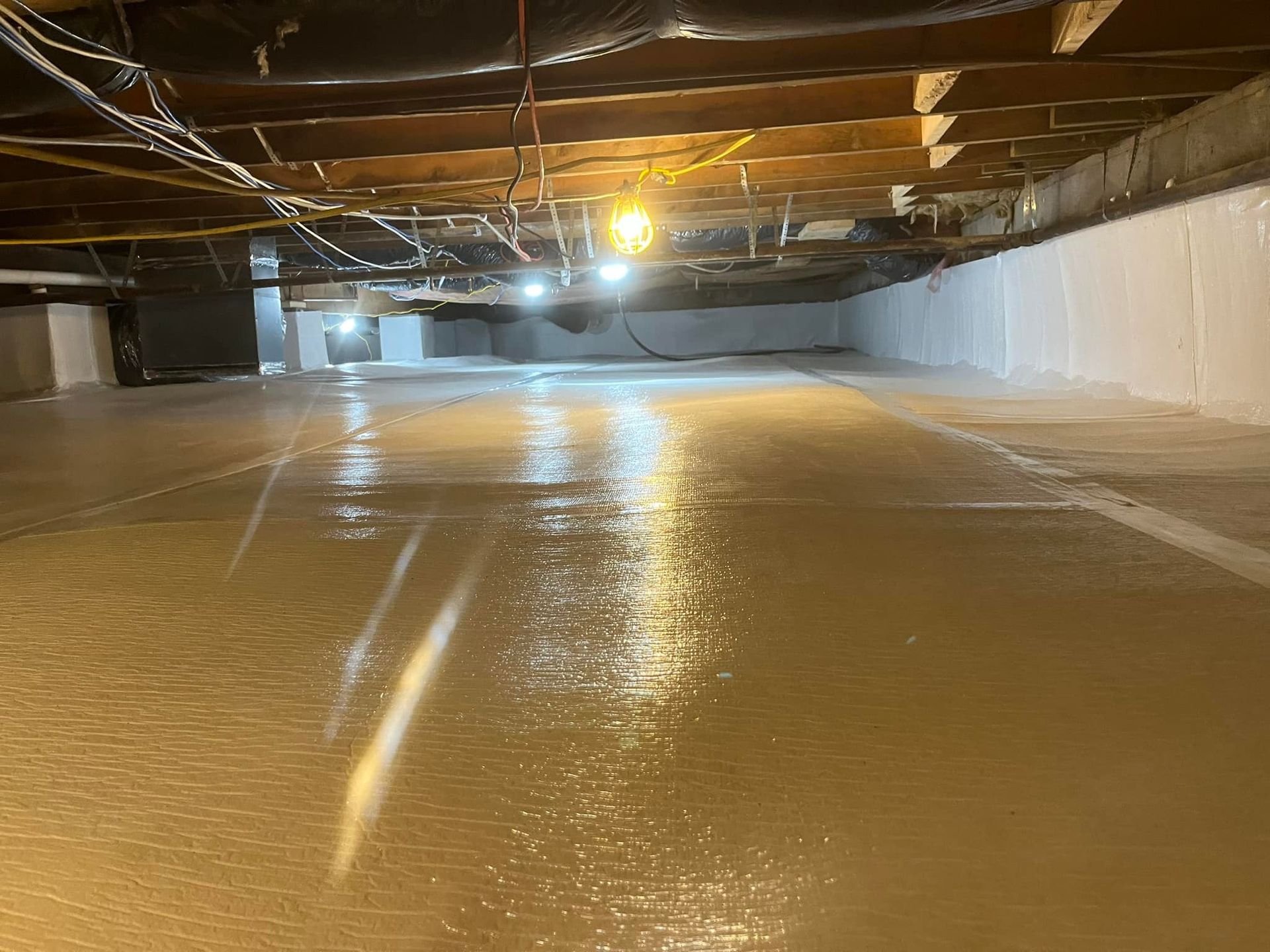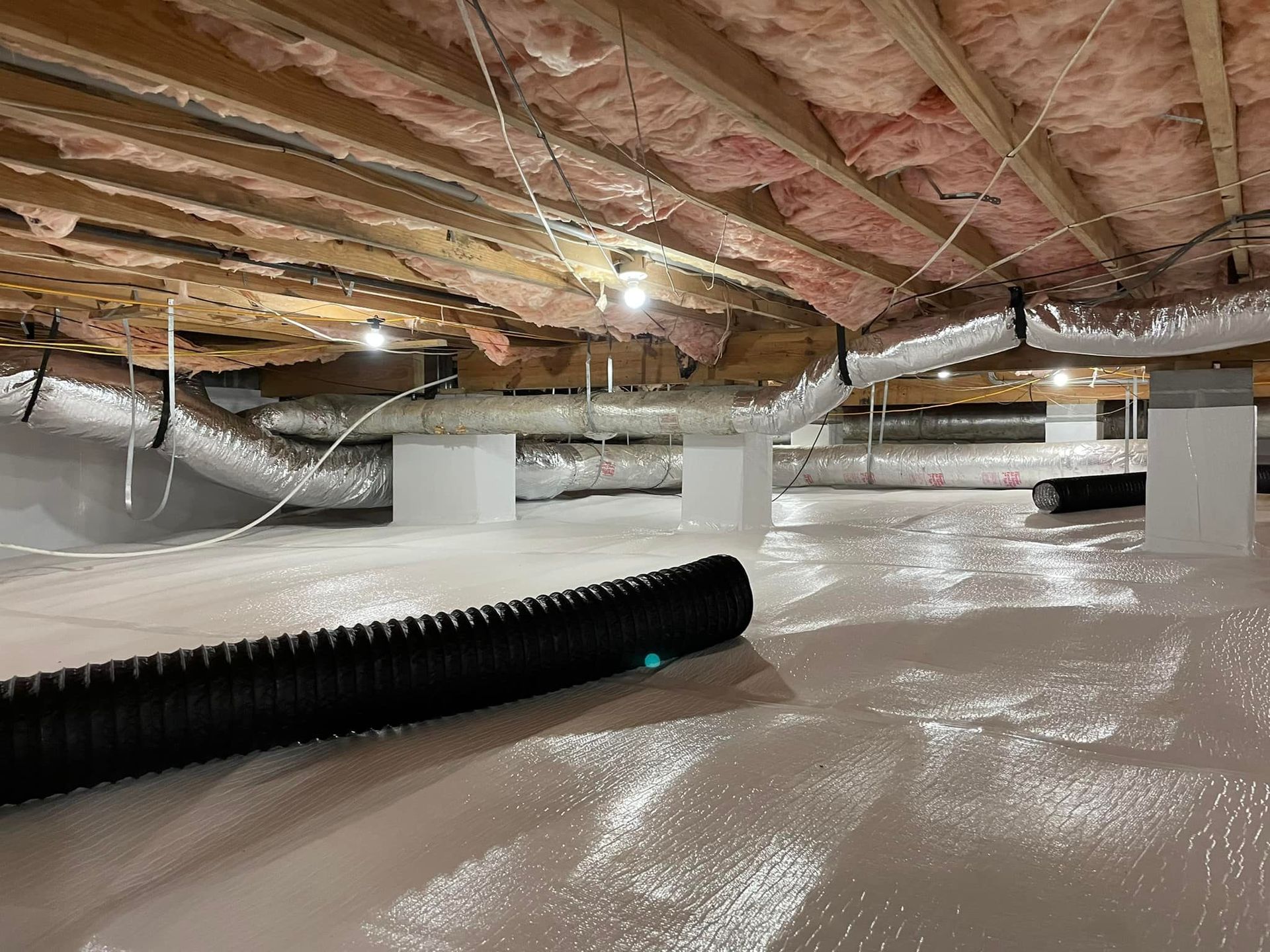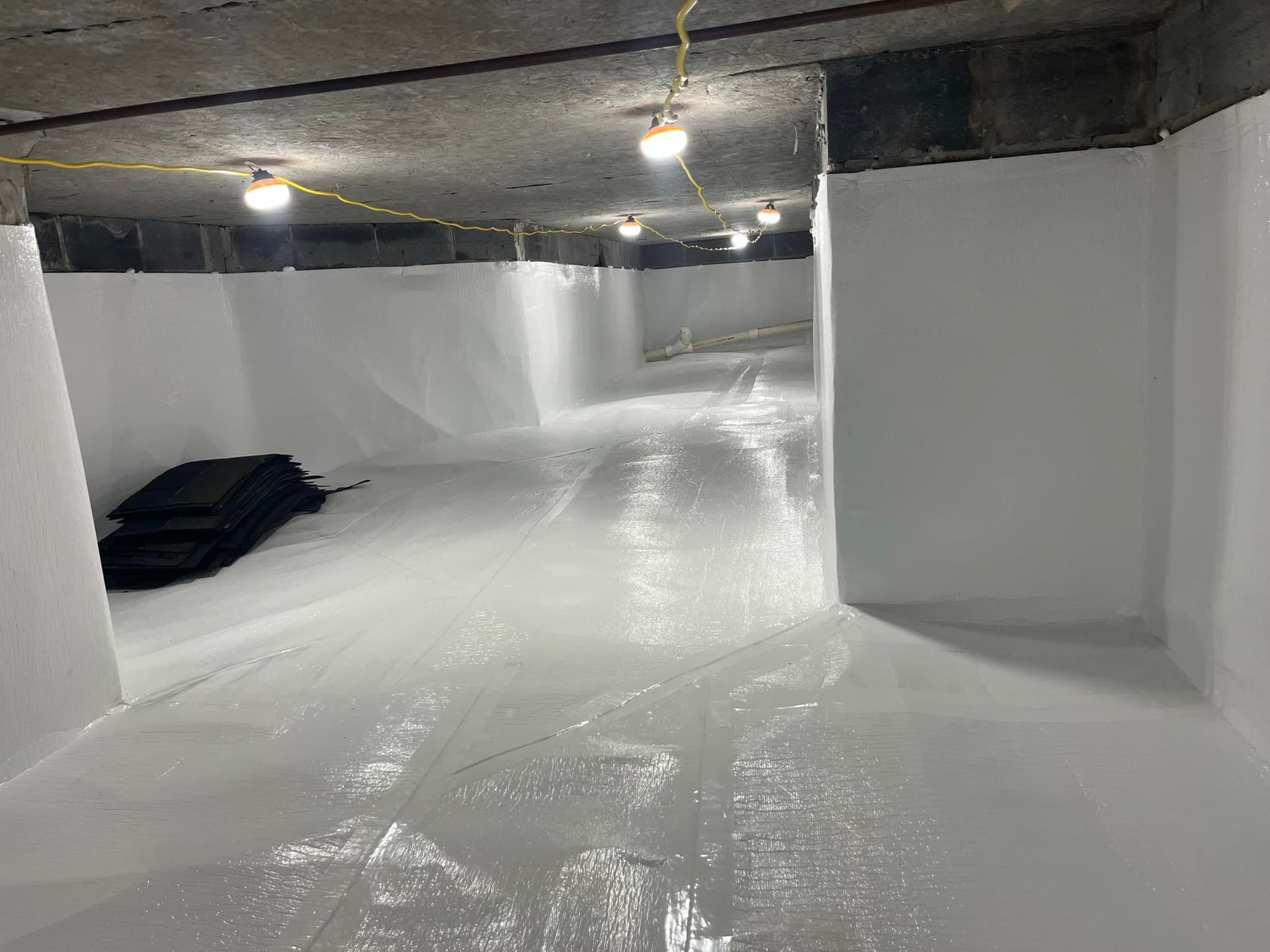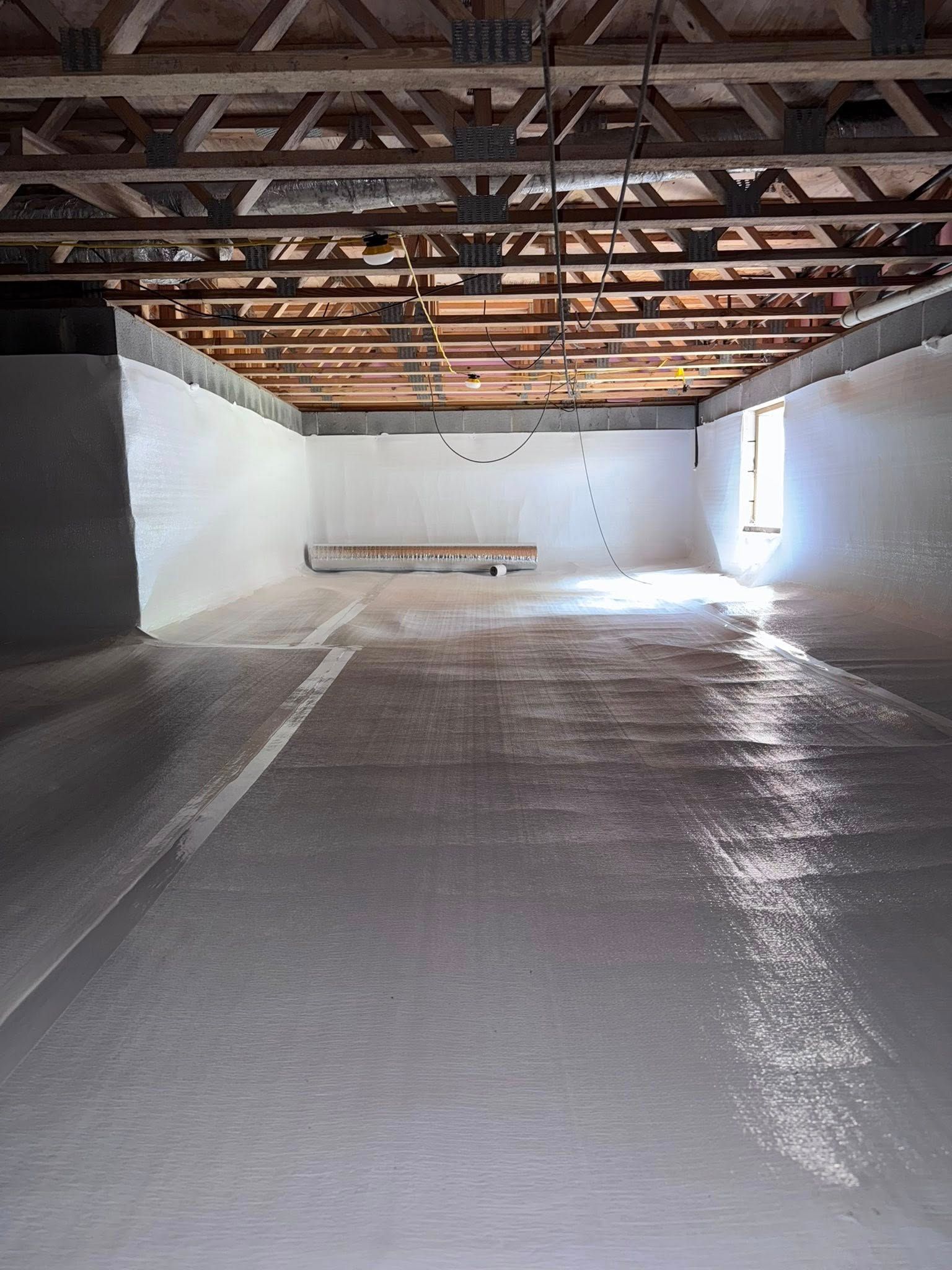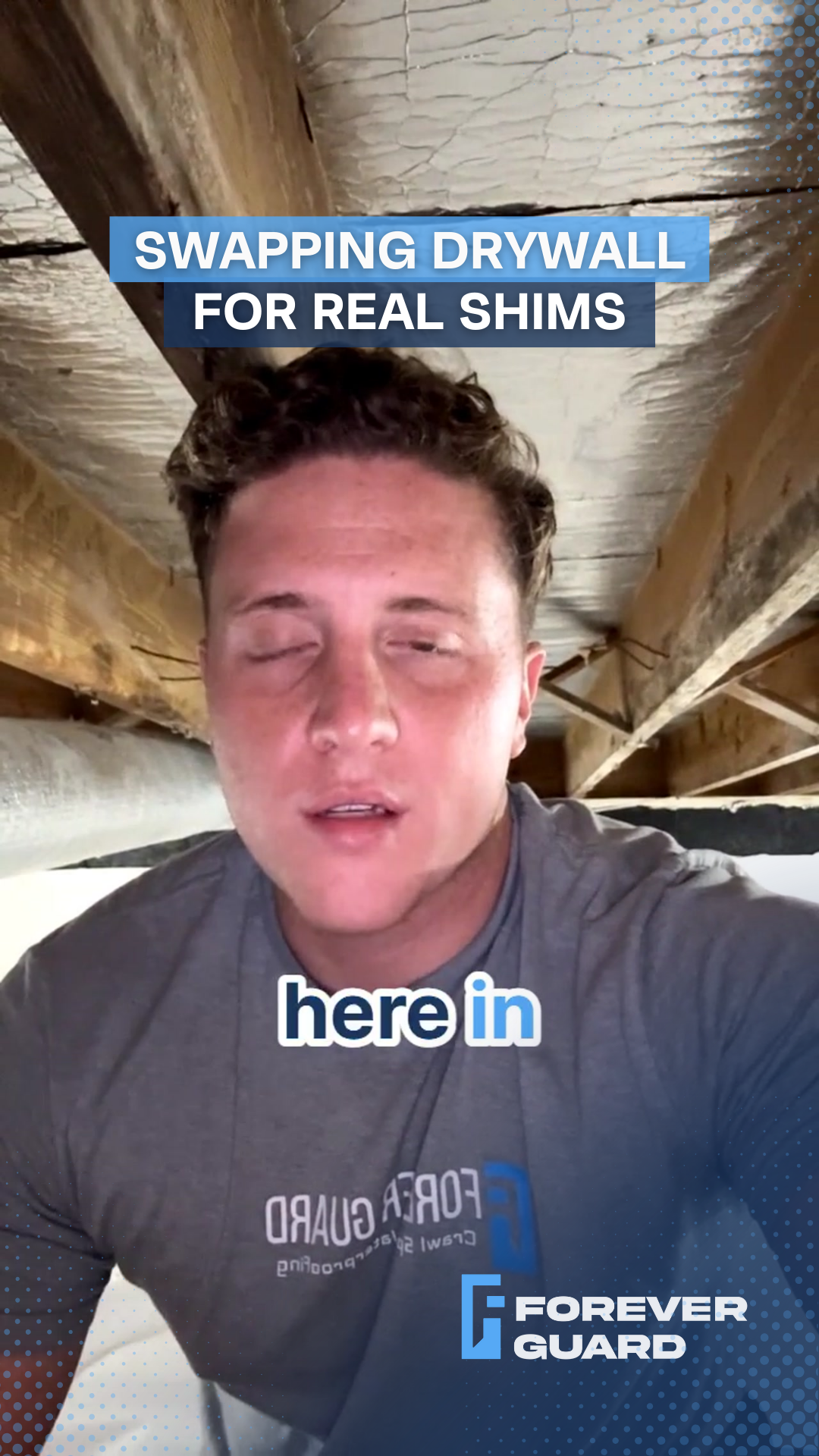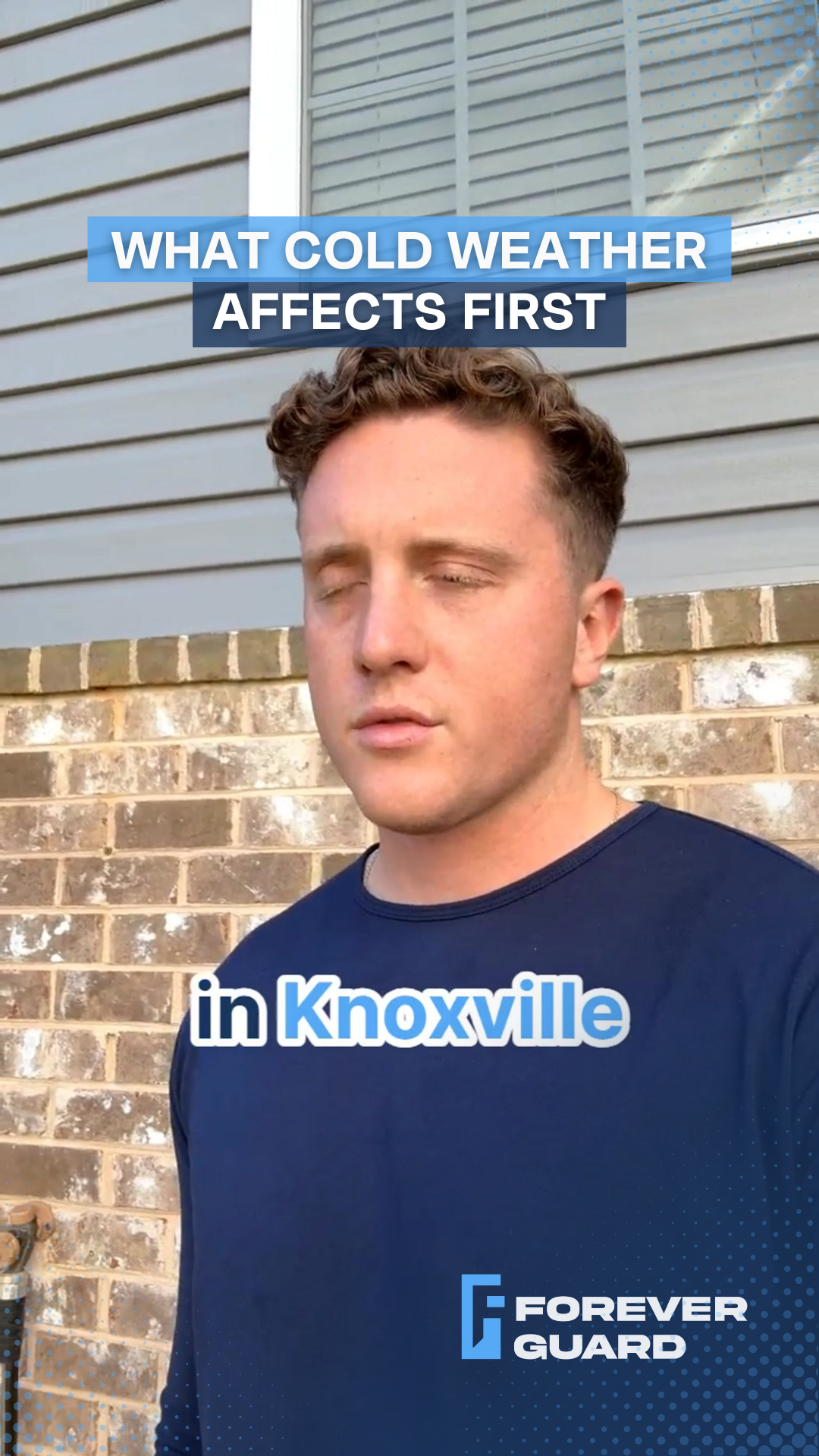Common Construction Oversights That Give Pests Free Access to Your Home
Your Builder Never Told You About These Vulnerabilities
A professional crawl space inspector reveals the hidden entry points letting pests into your home
During a recent crawl space inspection, I found something that would surprise most homeowners: the HVAC vent wasn't actually secured to the foundation.
One firm push, and it would have fallen right out.
Unfortunately, this isn't rare - it's a common oversight I see almost daily.
Builders aren't trying to cut corners intentionally.
These oversights happen because once the house is finished, nobody's expected to check these areas regularly.
But pests don't care about expectations - they're experts at finding these hidden vulnerabilities.
The HVAC Secret Nobody Talks About
Here's something most homeowners don't know: those openings around your AC unit's foundation connection? They're actually designed for forklifts. During installation, crews need these gaps to move heavy units into place. But once installation is complete, these openings often remain poorly sealed.
What I find during inspections is concerning:
- Gaps large enough for raccoons and possums
- Loose flashing that animals can push aside
- Deteriorating caulk around connections
- Unsecured vents that simply fall out
These aren't just small problems. I've seen everything from mice to raccoons use these entries. Once they're in, they can cause thousands in damage to your crawl space, insulation, and ductwork.
It Only Takes a Skull-Sized Gap
Here's a fact that changes how you look at home security: if a pest can fit its skull through an opening, it can get its entire body through. It's not just a party trick - it's how they're built. They can compress their ribcage, flatten their bodies, and squeeze through surprisingly small spaces.
This matters because those small gaps around your HVAC system - the ones that look harmless? They're usually just big enough for pest skulls to fit through. Once they find these entries, they'll keep using them, creating their own private entrance to your home.
The Loose Vent Problem
Want to know a quick way to check if your home is vulnerable? Gently push on your foundation vents. If they move easily or feel loose, you've got a problem. During inspections, I find loose vents so often it's become predictable.
The issue isn't just about the vent itself. When vents aren't properly secured:
- They create direct entry points for pests
- Allow moisture to seep in
- Create drafts that affect your energy bills
- Can eventually fall out completely
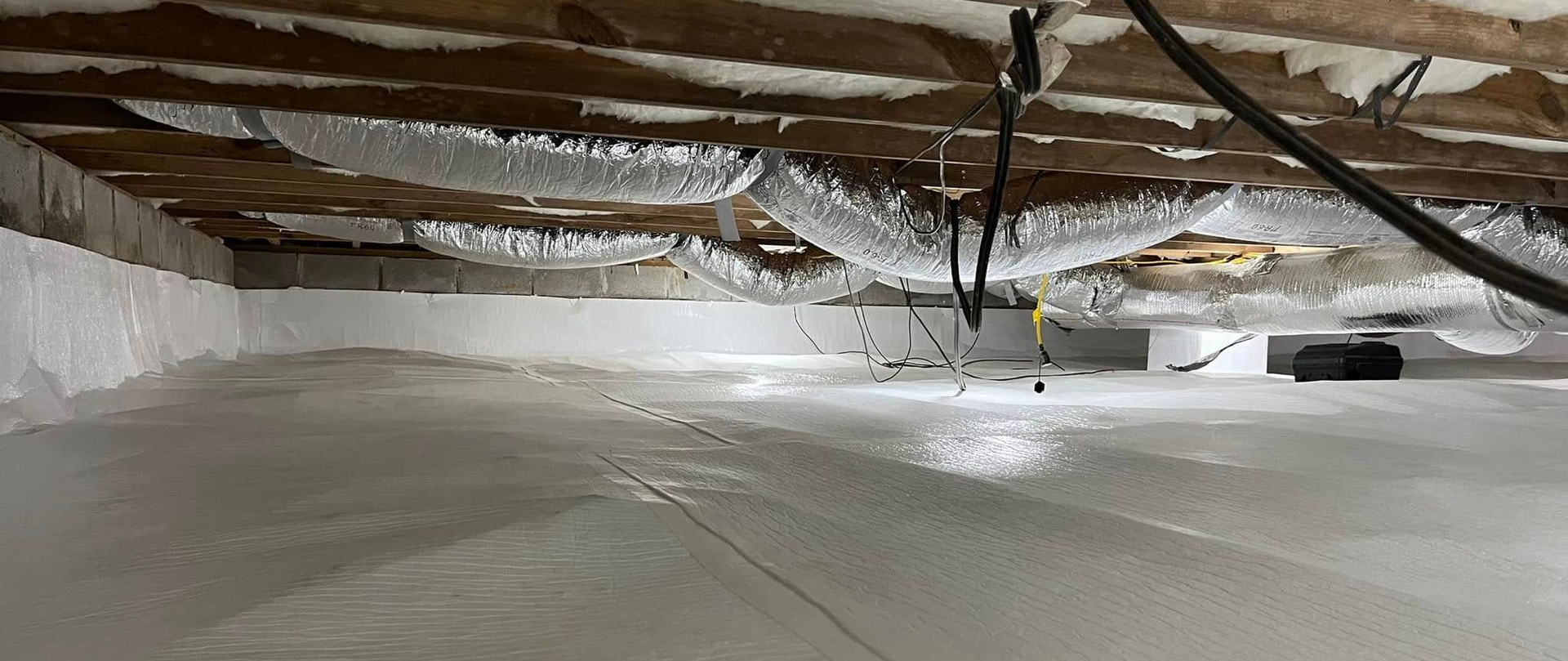
Protecting Your Investment
If you're planning to invest in crawl space encapsulation or have already done so, protecting these entry points isn't optional - it's essential. A properly sealed crawl space can save you thousands in:
- Prevention of pest damage
- Lower energy costs
- Reduced moisture problems
- Protected insulation
The solution isn't complicated, but it needs to be thorough:
- Properly secure all foundation vents
- Seal HVAC openings professionally
- Maintain regular pest control service
- Schedule periodic inspections
Take Action Now
Don't wait until you hear scratching in your walls or find damage in your crawl space. Here's what you can do today to protect your home:
Check These Areas First:
- Around HVAC unit connections
- All foundation vents
- Utility entry points
- Areas where pipes enter the foundation
If you find any of these issues, don't wait to address them. The cost of prevention is always lower than the cost of repair - especially when it comes to pest damage.
Your crawl space is too important to leave vulnerable to pests. At ForeverGuard, we thoroughly inspect every potential entry point and properly seal them all. We understand how pests think, how they enter homes, and most importantly, how to keep them out.
